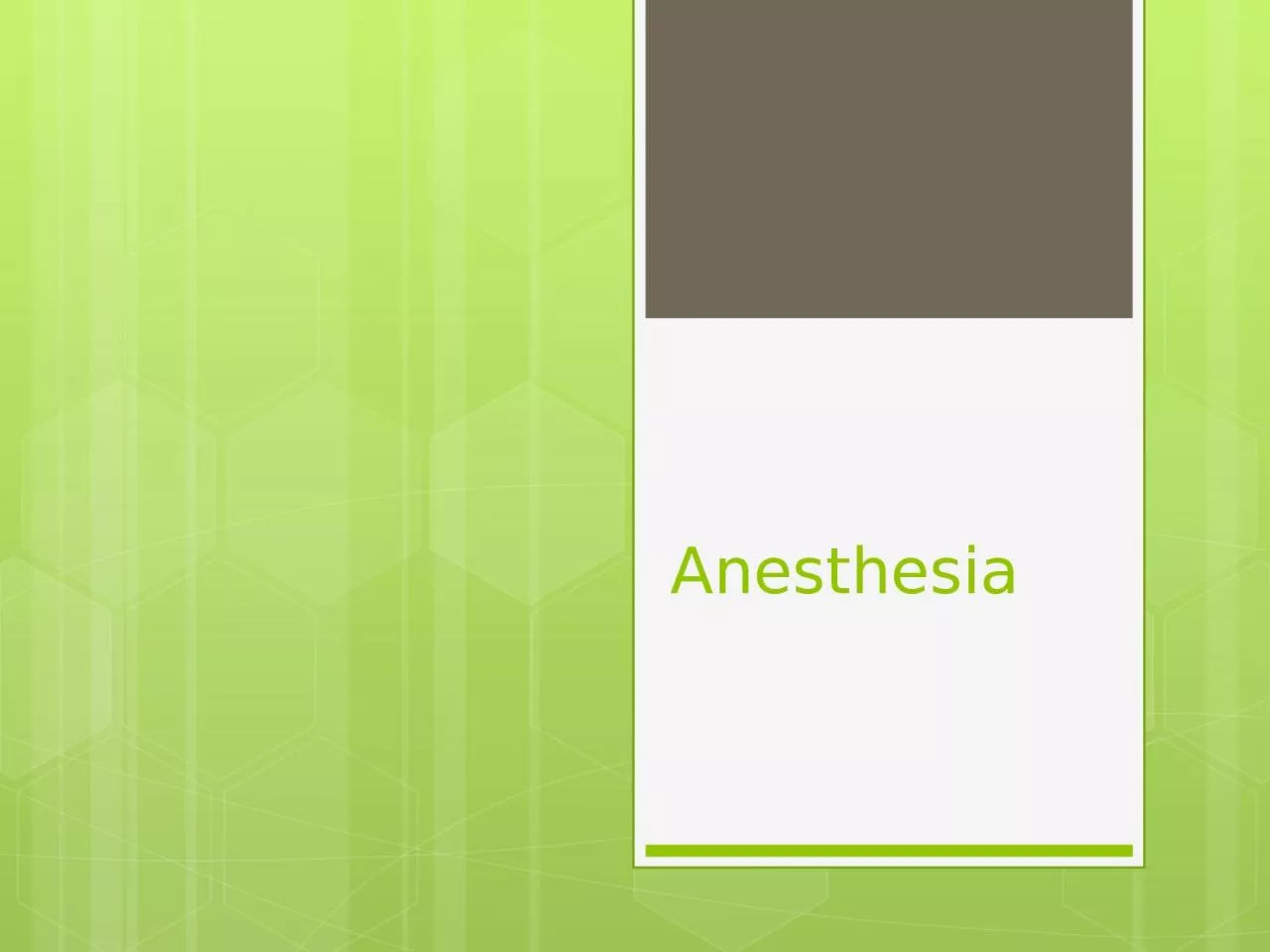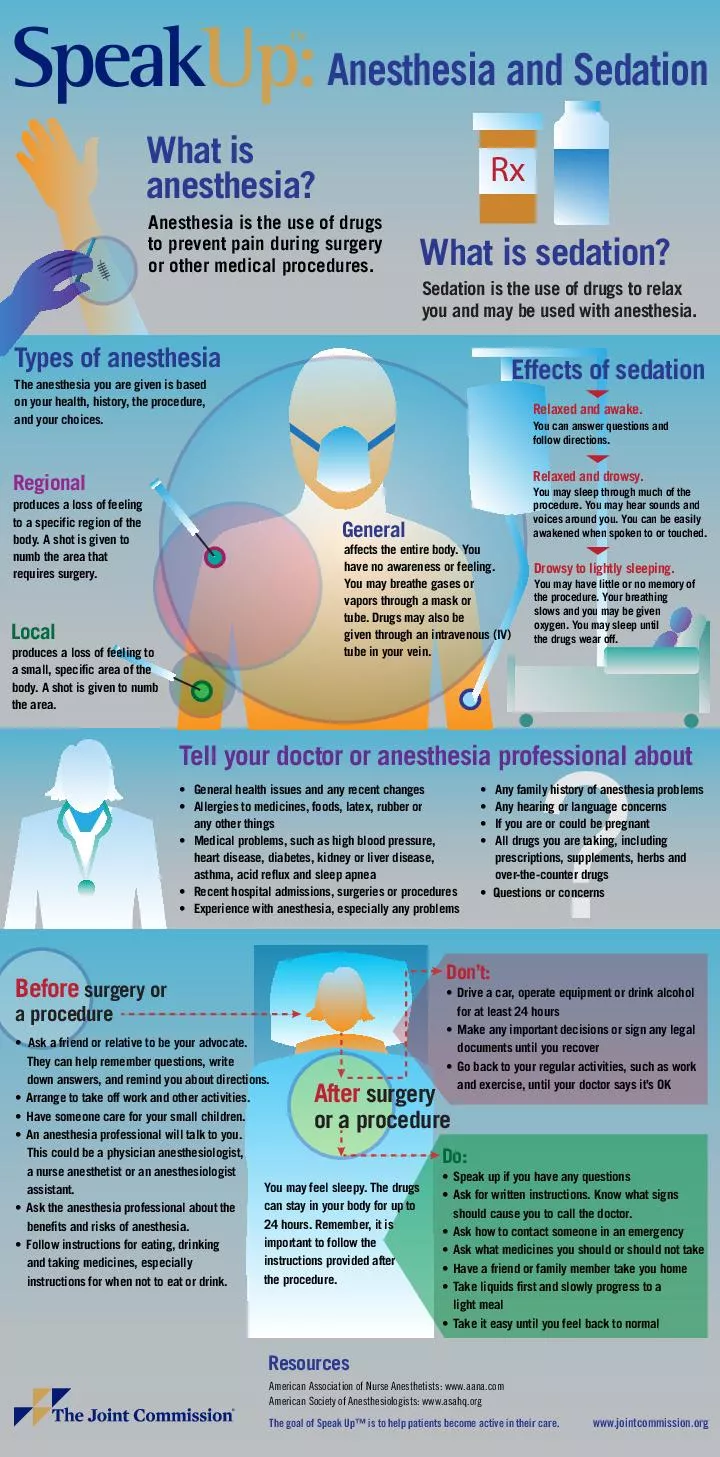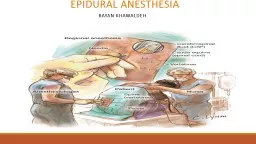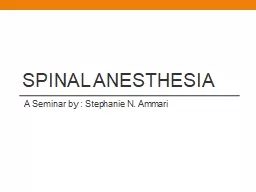PPT-Anesthesia Intro http://
Author : fanny | Published Date : 2023-07-22
youtubeIgpZ4OyidY Meaning Derived from the Greek term for loss or lack of sensation 3 Types of Anesthesia Local Regional General Local Anesthesia Remain awake
Presentation Embed Code
Download Presentation
Download Presentation The PPT/PDF document "Anesthesia Intro http://" is the property of its rightful owner. Permission is granted to download and print the materials on this website for personal, non-commercial use only, and to display it on your personal computer provided you do not modify the materials and that you retain all copyright notices contained in the materials. By downloading content from our website, you accept the terms of this agreement.
Anesthesia Intro http://: Transcript
Download Rules Of Document
"Anesthesia Intro http://"The content belongs to its owner. You may download and print it for personal use, without modification, and keep all copyright notices. By downloading, you agree to these terms.
Related Documents














